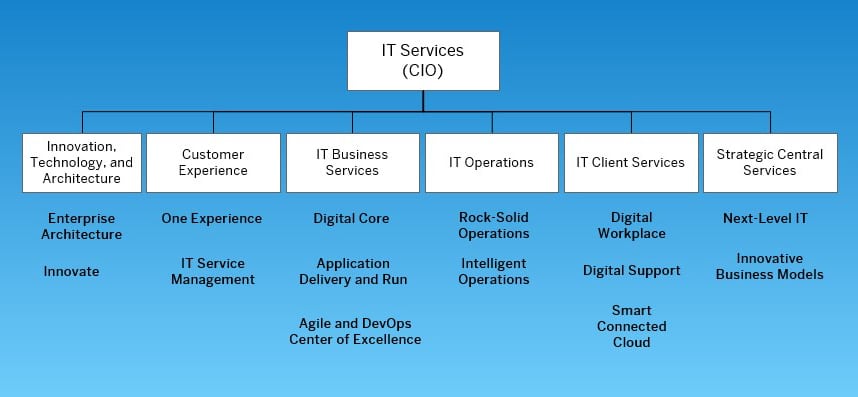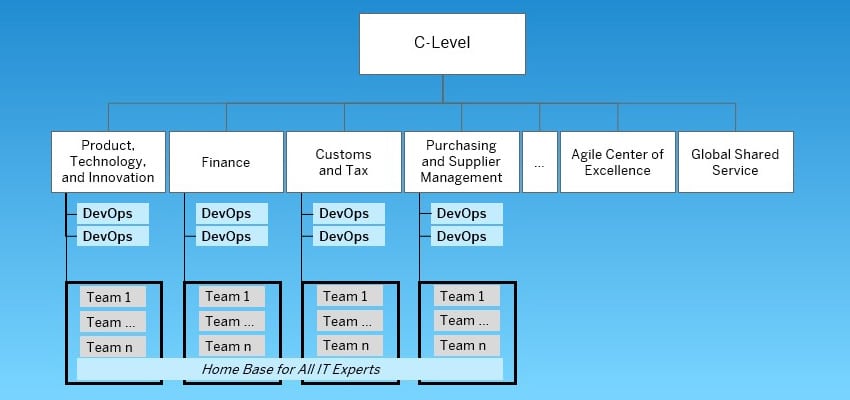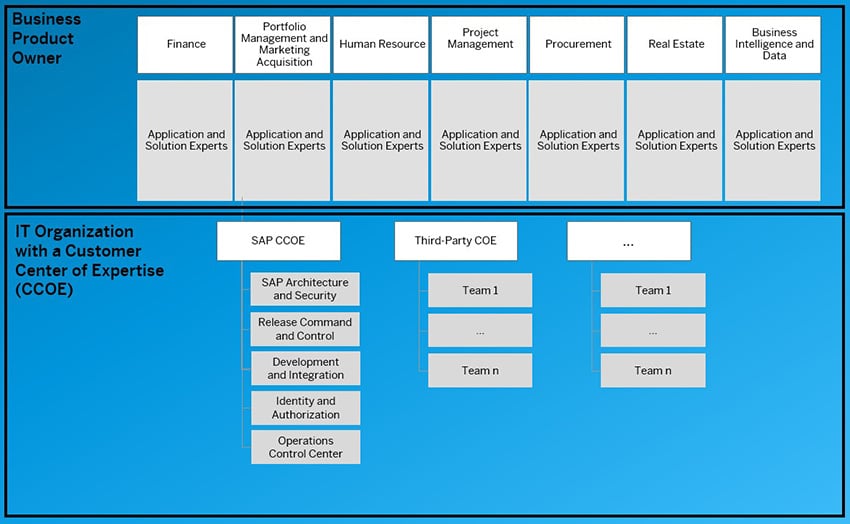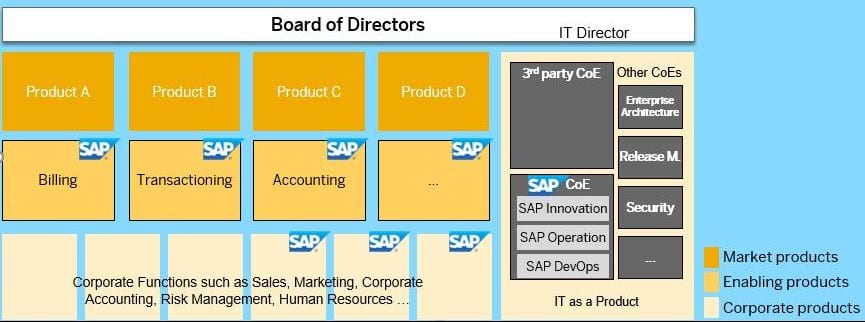People may love what innovation delivers while others may loathe the process and risk involved when turning ideas into real-world solutions. But for IT organizations, a choice of four use cases enabled by SAP Advisory Services can respond effectively to ever-evolving priorities and market dynamics.
Without question, demand for “keeping the lights on” remains strong. But at the same time, many IT leaders are concerned that they are neglecting investments in innovation that could help their business seize opportunities and mitigate risk quickly and effectively.
One prime example is the debate over legacy enterprise resource planning (ERP). Organizational executives may regard modernizing this trusted software as an unnecessary budget line item when business systems work well for the user. But from the CIO’s perspective, it is a critical must-have to unify the processes and data every employee needs to make the best decisions and act in real time, enterprise wide. Most importantly, the effort can reduce the cost of long-term system maintenance and enhance operational efficiency, the customer experience, and compliance.
The value of such IT innovation ultimately depends on how every person in the enterprise – across all roles and levels – embrace it. Based on the experience of our advisory services experts working with SAP customers worldwide, our research has identified four use cases to illustrate IT organizational best practices. These use cases may look different from each other, but they all have the same goal: to deliver on rising expectations for intelligent innovation and strengthen IT performance continuity.
Use Case 1: Structuring Toward Technology
Some SAP customers choose to take a technology-oriented approach to their innovation processes. Consider the structure adopted by a global software company shown in figure 1 below. At first glance, the structure seems very traditional. However, if you look further down in the chart, you’ll see that must-have characteristics of a modern IT landscape are supported, such as a digital core, rock-solid and intelligent operations, smart connected cloud, and innovative business models.

A dedicated team is set up to support a continuous process for enterprise architecture and innovation creation. The agile and DevOps center of expertise (COE) provides the capabilities, methodologies, and training needed to help any regional, central, and line-of-business team participate in innovation programs.
The formal organization chart shown in figure 1 was first created eight years ago and continues to guide our customer’s agile transformation today. More than 80 product teams are in place with nearly 100 defined products, and each group contains six to 10 experts who are developed and reskilled on demand. More importantly, the innovation delivered enables the company’s 1,500 employees – from the front office to the back office –to adopt more agile ways of working and making decisions.
Use Case 2: Focusing on a Specific Business Domain
Other SAP customers prefer a business domain-oriented IT organization. In this model, the IT organization mirrors the business structure, and DevOps teams emerge and retire it on demand and as expected to deliver a well defined outcome.
For instance, a customer in the automotive industry has created stable core DevOps teams staffed by function and IT experts (see figure 2). While function experts are permanently appointed, IT experts are temporarily assigned from their home-base organization. Plus, an agile COE can be used by any team or line of business.

Use Case 3: Expanding COE Capabilities
When our customers primarily use SAP solutions for various functions, they often structure IT by business domains and expand them with the support of COE capabilities. SAP application and solution experts are assigned to the business area, whereas cross functions are organized in the COE structure. For one of our customers from the research and development industry, this setup enabled it to facilitate business and IT integration, as illustrated in figure 3.

SAP solutions experts with process knowledge are assigned to each business team and embedded into the support chain as second-level support. Additionally, the solution experts are responsible for customizing, making standard changes, and evaluating requirements in close cooperation with cross-functional experts in the COE.
The customer’s COE must protect the productive SAP landscape by performing design authority for new IT demands, centralized release management, and an operation control center.
Use Case 4: Directing Product and Service Innovation
Last is the product-oriented structure. With this use case, one of our customers from the financial services industry adopted this approach to distinguish between market products, enabling products, and corporate products (see figure 4).
A significant portion of our customer’s enabling and corporate products are supported by SAP software and technology, and IT experts from SAP were well integrated into its business activities. Meanwhile, the company’s product areas, such as market products and specific corporate products, relied on third-party software and technologies maintained by the second larger COE within company’s IT organization. Since every product area drives agility, and innovation was a critical responsibility.
In this case, our customer’s COE is the home base for SAP innovation and DevOps capabilities. Plus, a scaled, agile framework (SAFE) is the chose innovation methodology.

Building IT’s Future as an Innovation Best Practice Organization
Across all four of these use cases, SAP S/4HANA is the chosen intelligent ERP that serves as the core of all data, applications, and processes. However, no one-size-fits-all strategy for implementing, using, and benefiting from the solution exists. Each company must identify an approach that best fits their structure, meets their needs, and brings the desired success.
Today’s competitive landscape is pushing companies to become more agile and renew themselves. In response, the three dimensions of innovation – technologies, capabilities, and structures – need to be rethought and reconciled. Only then will businesses emerge stronger through meaningful transformation and take advantage of the opportunities that arise in the future with confidence and ambition.
Torsten Scheffler is a business transformation consultant at SAP.
This article first appeared on the SAP Global News Center.



